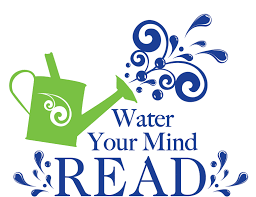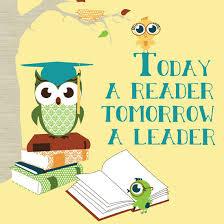Ready to get started? Grab a book and try these proven techniques from the National Education Association (2002-2015) to show your child that reading is valuable—and fun!
If you’re reading to infants and toddlers…
- Snuggle with your child with her favorite blanket or toys as you read.
- Emphasize rhythms and rhymes in stories. Give your toddler opportunities to repeat rhyming phrases.
- Read slowly enough so that your child has time to take in the story and look at the pictures.
- Look for books that are about things that interest your toddler. For example, does your child like cars, insects, or animals?
- Make reading a habit for bedtime, after lunch, or after naptime.
- Read stories again and again. Your toddler enjoys repetition, and it helps him become familiar with the way stories are organized.
If you’re reading to elementary-school-age children…
- Turn reading into something special. Take your kids to the library, help them get their own library card, and buy them books as gifts. Have a favorite place for books in your home or, even better, put books everywhere.
- Talk about the story with your child. Did he or she like it? Why or why not?
- Encourage your child to ask questions about the characters.
- Take turns reading the book.
- Read different types of books to expose your child to different types of writing. Some kids, especially boys, prefer nonfiction books.
- Get a subscription in his or her name to an age-appropriate magazine for your child.
Suggested Reading List
(birth to years) (second to third grades)
Chicka Chicka Boom Boom by Bill Martin, Jr. Click, Clack, Moo Cows that Type by Doreen Cronin
The Very Hungry Caterpillar by Eric Carle Because of Winn Dixie by Kate DiCamillo
One Fish, Two Fish, Red Fish, Blue Fish by Dr. Seuss Matilda by Roald Dahl
(kindergarten to first grade) (fourth to fifth grades)
Julius, the Baby of the World by Kevin Henkes Tales of a Fourth Grade Nothing by Judy Blume
Just Another Ordinary Day by Rod Clement Ruby Holler by Sharon Creech
No Jumping on the Bed by Tedd Arnold Where the Mountain Meets the Moon by Gra


